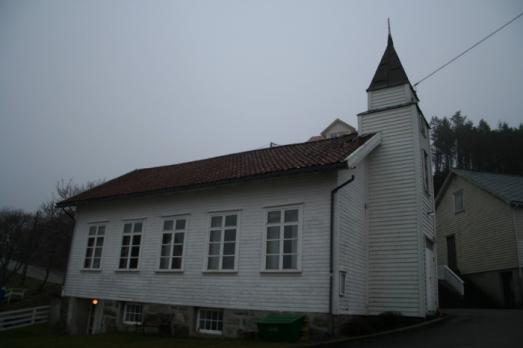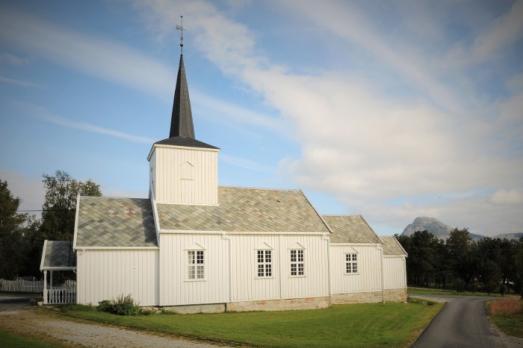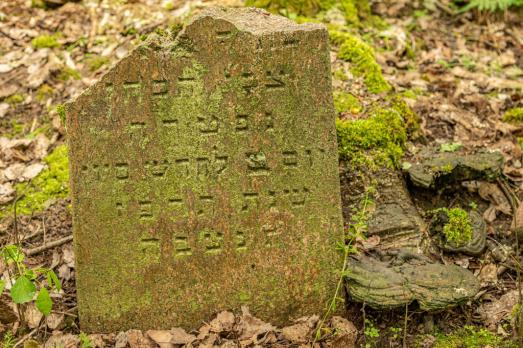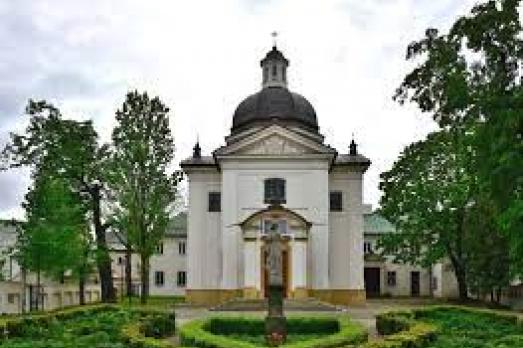Korpszaal
Middelburg, NL
In the 19th century, a soap factory was located in the building at Hoogstraat 18. When the soap factory was closed, the Mennonite community bought the building. And after the completion of their new church in 1889, they sold the building again to the Salvation Army. It was officially put into use as a corps hall on 13 July 1889. That date is also the date of birth of the Middelburg Corps of the Salvation Army. This building was seriously damaged in the Second World War. An emergency building was used at that time. In 1960, a new and more spacious building was put into use at Gravenstraat 8. Temporary and more spacious accommodation was then found in the former church at Kerklaan 19 in West Souburg.













